In the beginning were the dark waters. Marconi bridged the dark waters between North America and Europe with an antenna 300 feet (100m) high held up with balloons and kites, and thus was born the concept that antennas were the key to communications. And so it remains unto this day.
I work in a field where the master’s degree is the entry-level requirement, yet my colleagues look upon my specialty of antennas as though I use eyes of newts and toes of frogs in my designs. Nothing is further from the truth, and if you will please follow me along, I shall give it my best shot to lead you into the path of antenna righteousness.
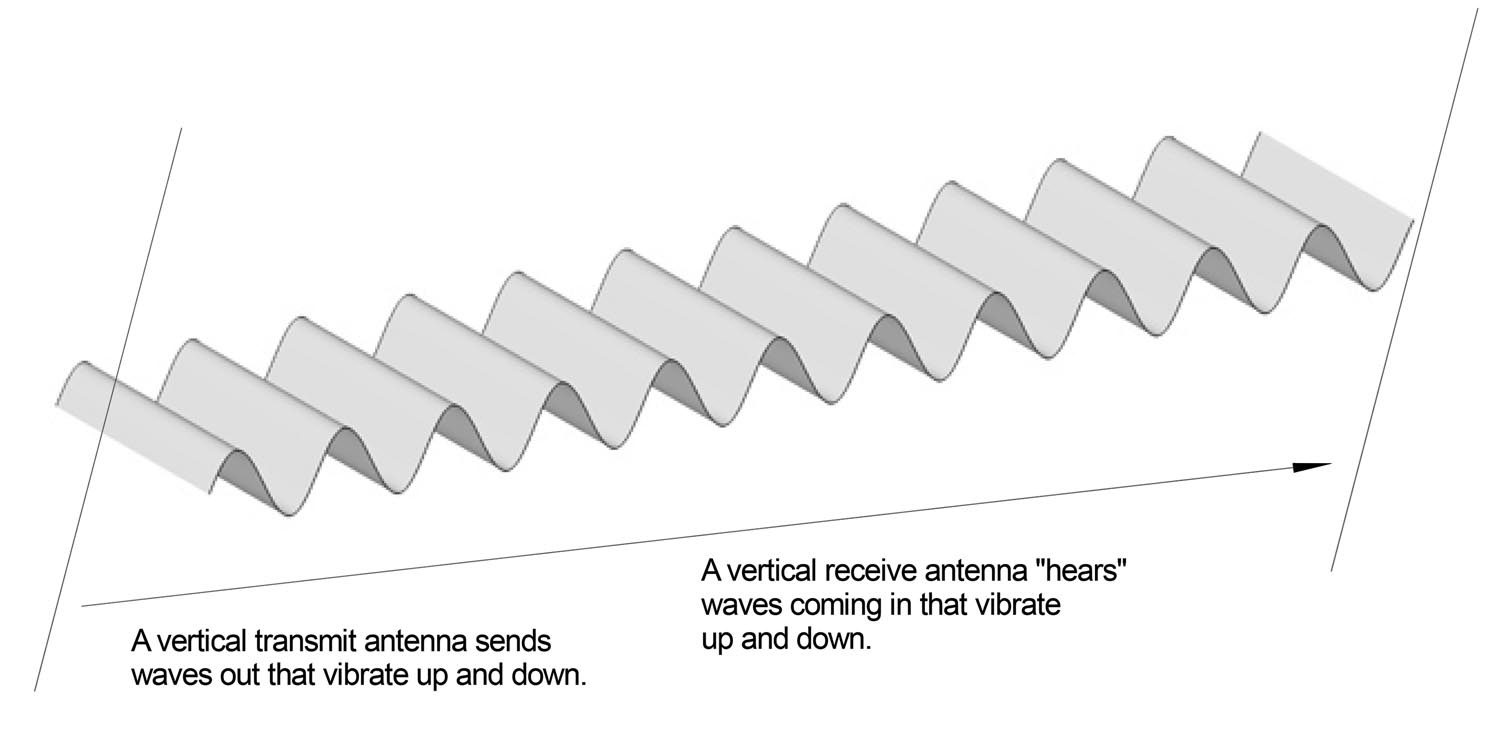
First, let’s talk about “polarization”; there are three polarizations. The first two are easy. If the active (“radiating”) element(s) is vertical with respect to the earth’s surface, then the polarization is vertical. If the active element(s) is horizontal with respect to the earth, the polarization is horizontal. The last one is circular, and there are two forms of circular, right-hand and left-hand circular.
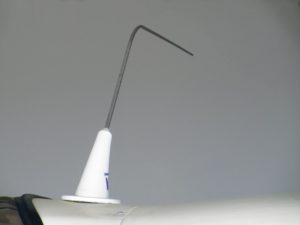
Vertical polarization is used primarily if we don’t care about where the signal is coming from, but only care that it is received. In most cases our com antennas are vertically polarized with what is called a “whip” antenna mounted above a horizontal conducting surface that mimics the earth’s surface. Another vertical antenna is the little transponder antenna generally mounted vertically on the bottom surface of the airframe. The signals from and to a vertical antenna are vibrating up and down relative to the surface of the earth (or to the metal simulating the earth). Remember this (even if it doesn’t make much sense right now): The impedance at the bottom end of a quarter-wave vertical antenna is about 32Ω (ohms). I’ll flesh this out later.
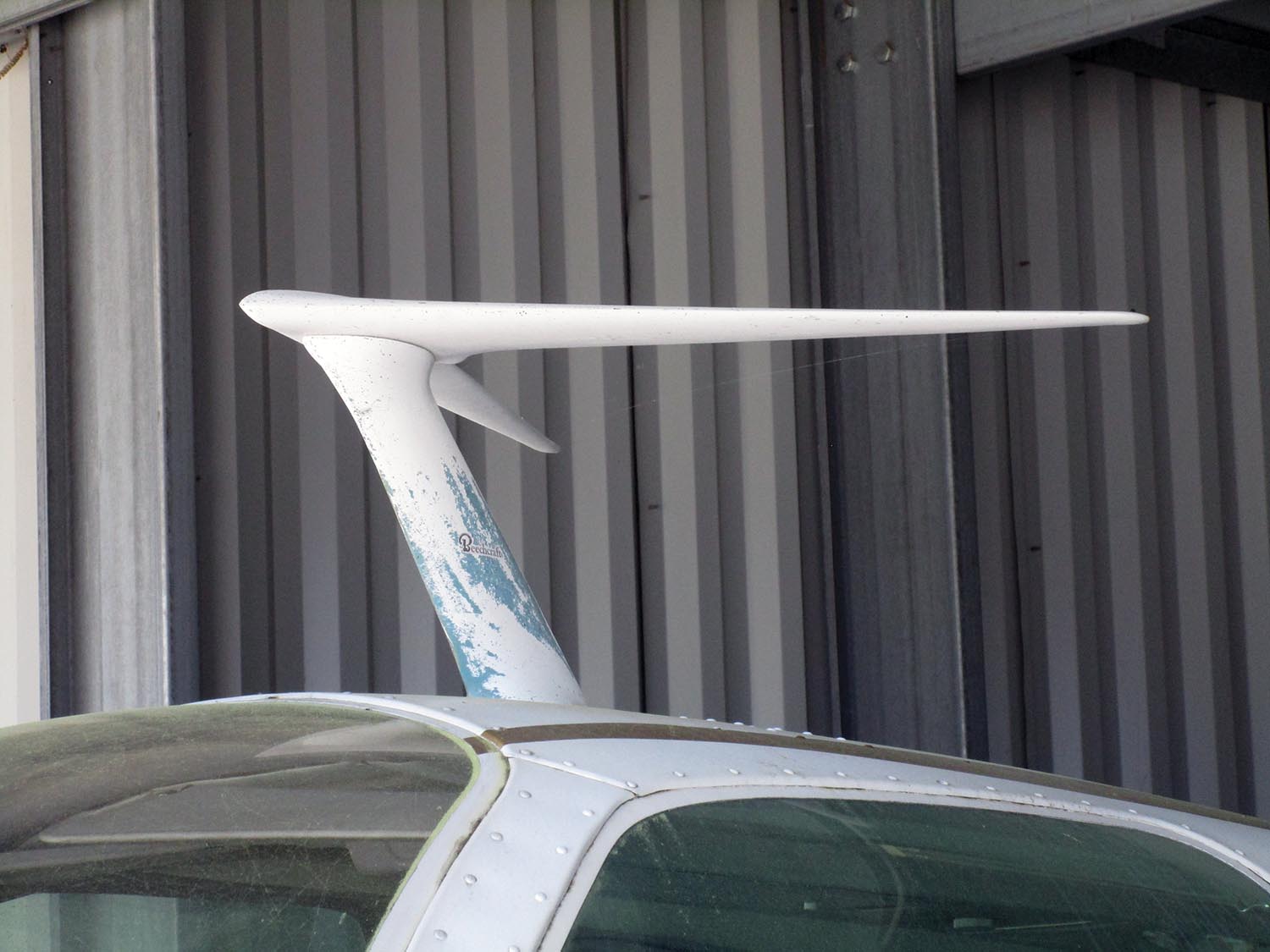
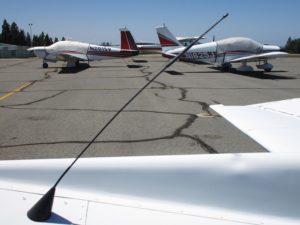
Horizontal polarization is used primarily if we care very much where the signal is coming from. Here’s the deal: When a horizontal radio wave hits a large reflective surface (like a building or a mountain), it is generally reflected as a vertically polarized signal. The mountain is a lot taller than it is wide, as is a building, and the reflected wave comes off vertically. Think about this as you bore a hole in the sky navigating either by a VOR or LOC or glideslope station. That station is sending out horizontally polarized signals, and you care very much that you are receiving the signals directly from the transmitter. But what happens when that VOR signal bounces off of a mountain 20 miles off course to the right, or the LOC/GS signal bounces off the building near the glide path. Thankfully, nothing. That vertically polarized bounce signal is completely rejected by the horizontally polarized nav antenna(s). As with the vertical antenna, a horizontal antenna transmits and receives signals vibrating left and right relative to the earth’s surface. Once again, hold on for a bit, but the impedance at the center of a horizontal dipole is about 72Ω.
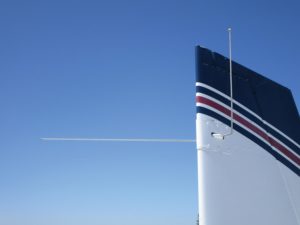
But what happens if the station transmitting can be either horizontal or vertical at any one time? How about a satellite in space that cannot be sure of how it is rotating as it circles the earth? The GPS signal comes easily to mind. That GPS satellite can be doing any sort of crazy maneuver, and we can’t depend on its orientation. We then turn to circular polarization where the wave is actually spinning as it is being transmitted. Let me use a baseball analogy. If a pitcher throws a ball with clockwise (right hand) spin, it will break to the left as it crosses the plate. Similarly, if the pitcher throws a ball with counterclockwise (left hand) spin, it will break to the right. If the batter guesses wrong and swings right for a left break, he misses the ball (and the same for a left swing for a right break). But if he guesses correctly, he hits the ball. Thus is the GPS signal polarized with right-hand circular polarization. That means that the antenna on the aircraft must use right-hand circular polarization (RHCP) to correctly receive the GPS signal. Fortunately for us, designing for RHCP (and LHCP for that matter) is a relatively simple process, and any antenna you buy for GPS is guaranteed to be RHCP. To boot, GPS antennas may be made at most any impedance you wish, but most are designed to match 50Ω cable.
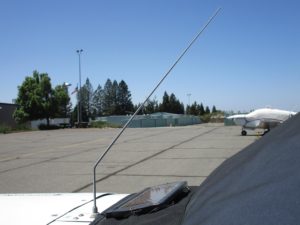
Stay with me here. Most vertical and horizontal antennas are made with “quarter-wave” conductive elements. What exactly does that mean? Radio waves travel at the speed of light—186,000 miles per second (or 300,000 kilometers per second if you wish). But they are also vibrating to and fro at some frequency…say, for example, the only legal air-to-air “chatter” frequency of 122.75 MHz. This means that the signal is vibrating “begin-up-down-back to begin” 122.75 million times a second. The question is, how much distance did it travel for one complete wave? We get that by dividing the speed of light by the frequency. Without going into a whole bunch of algebraic conversions, let me just state that if you take 11,785 and divide it by the frequency in MHz, you get the wavelength in inches, which in this case is about 96 inches. That’s a wavelength. A quarter wavelength is one-fourth of that, or about 24 inches. So, to make a quarter-wave antenna element, we need to cut a conductor 24 inches long.
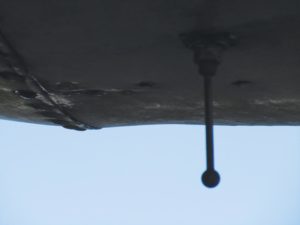
Almost. I hate when somebody hand-waves a correction factor, so let me just state that after a few thousand trial-and-error measurements, we have to take a factor called “end effect” into account and reduce this length by 5%, or a practical length of 22¾ inches. You can go through the same iteration for the metric system and find that the practical length of a quarter wave for this frequency is 60cm.
At this point you’ve got two choices…horizontal or vertical polarization. You’ve got two other choices, single element ground plane or double element (“dipole”) construction. Four possible combinations and it matters only to the installation which one you do. For example, if you are constructing a plastic airplane, you may want to run a vertical dipole in the vertical fin. If you are constructing a metal ship, you may want to use the metal skin for the ground plane with a single vertical rod for the radiating element.
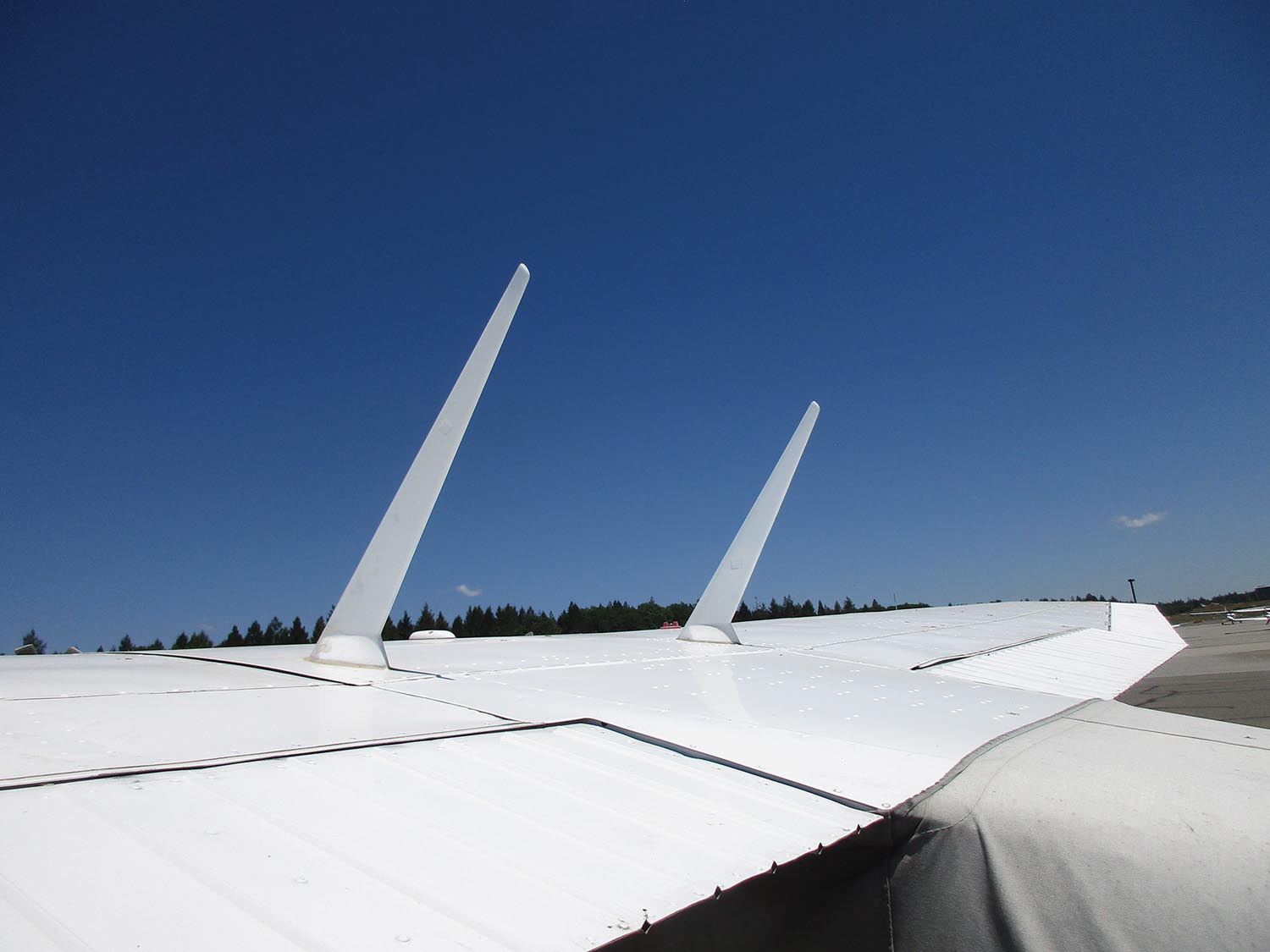
Going through the same calculations for a simple VOR/LOC antenna for the Buffalo (NY) VOR (116.4 MHz), we find that the antenna elements should be 24 inches long (each), but since both the VOR and LOC signals are horizontally polarized, you would probably want to use the “rabbit ear” horizontal dipole with two of these elements that would measure 48 inches tip to tip.
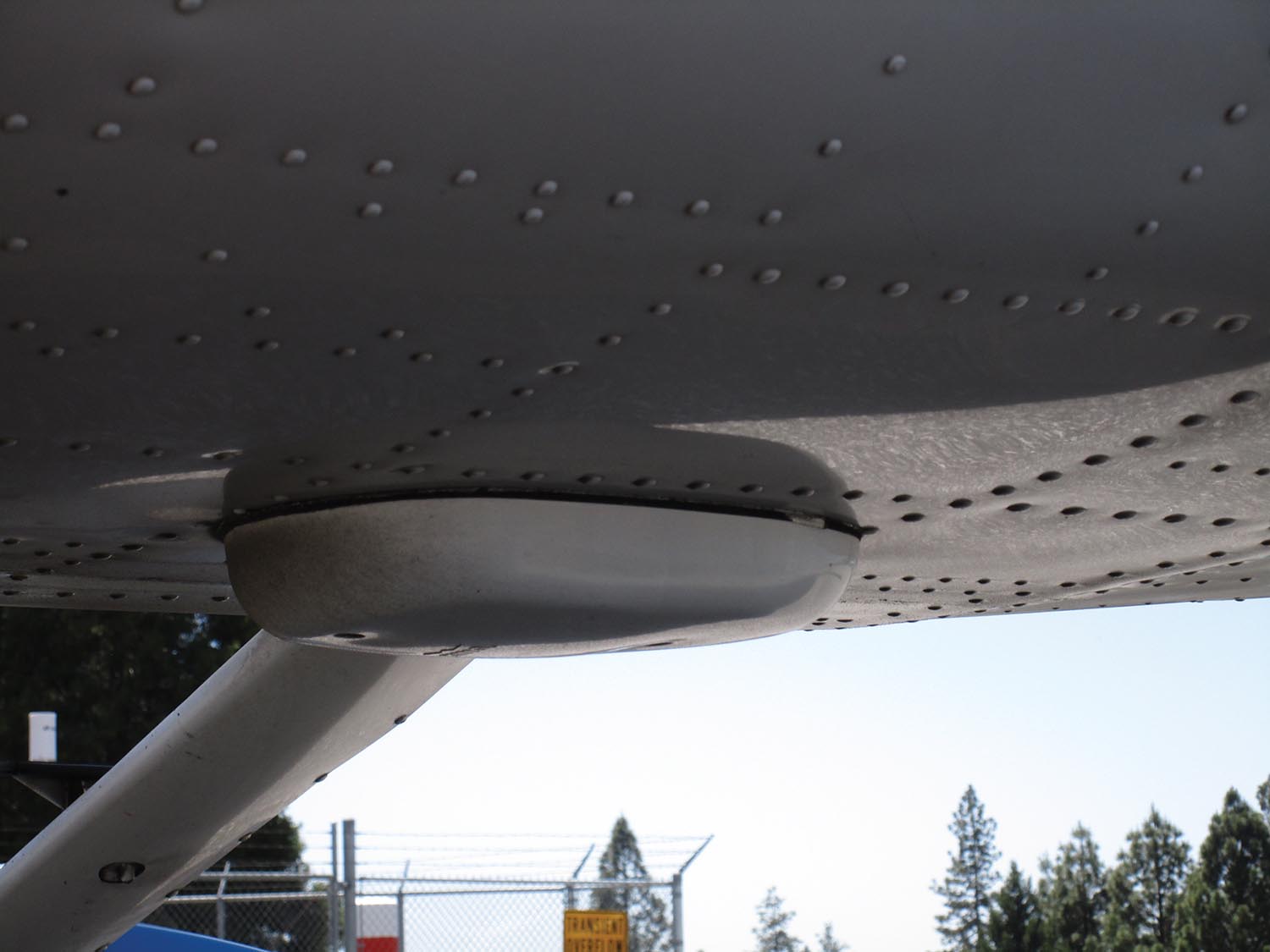
Or perhaps a bit less. We’ll get to the finer points of antenna placement, tuning, types of coax to use, and all that in a future column. Just remember that I went to the wedding of those two antennas on your airplane, and the ceremony wasn’t much, but the reception was great. Until then…Stay tuned…


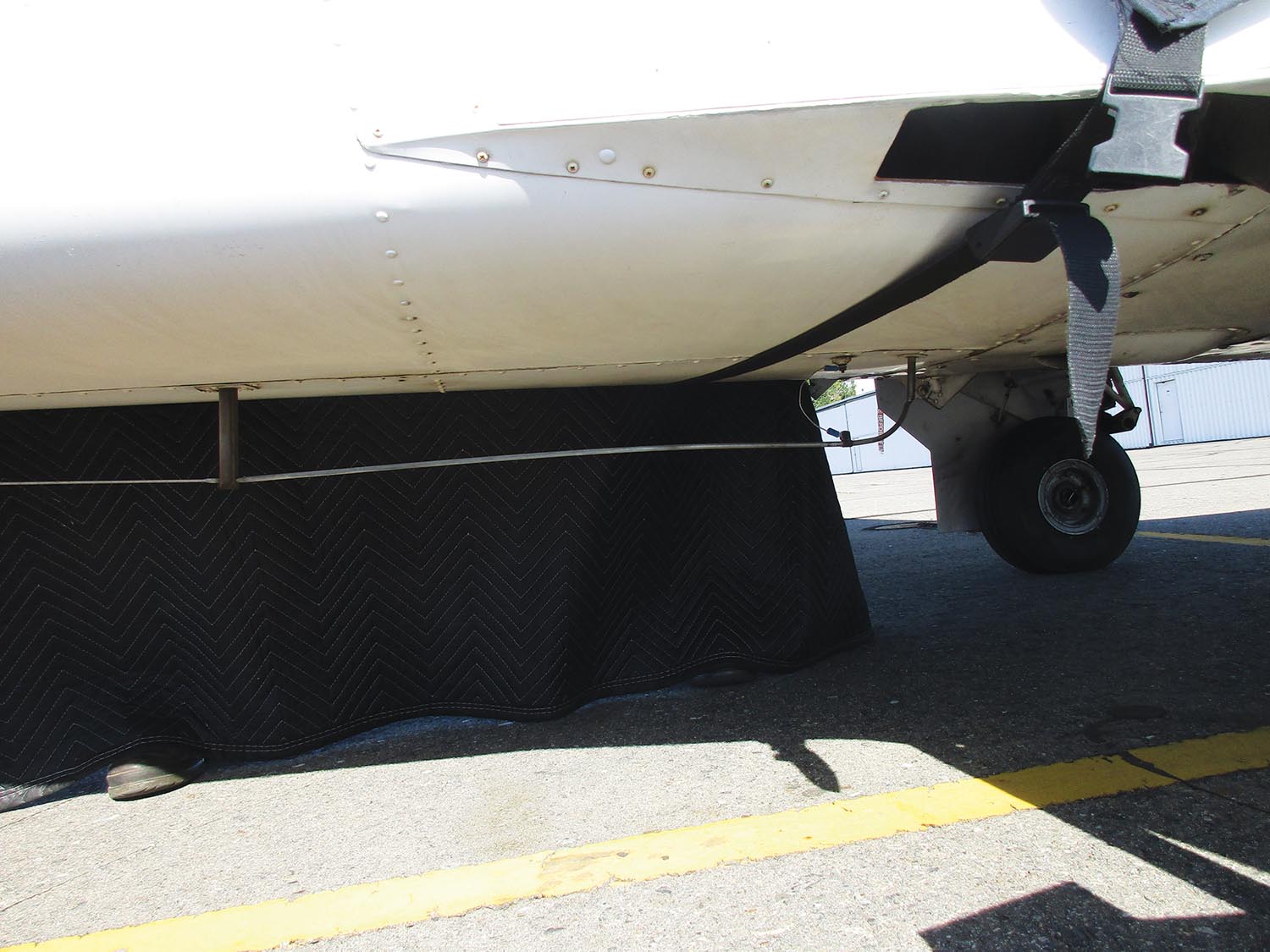






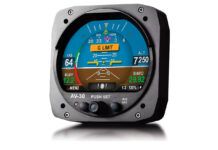
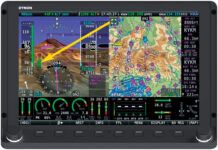
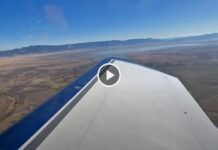
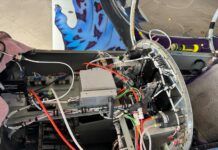
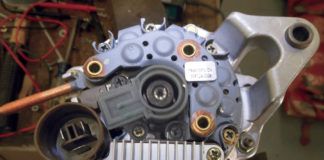

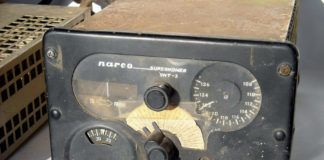
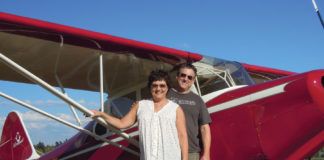
And then there’s the diameter of the antenna element to consider too. 😉